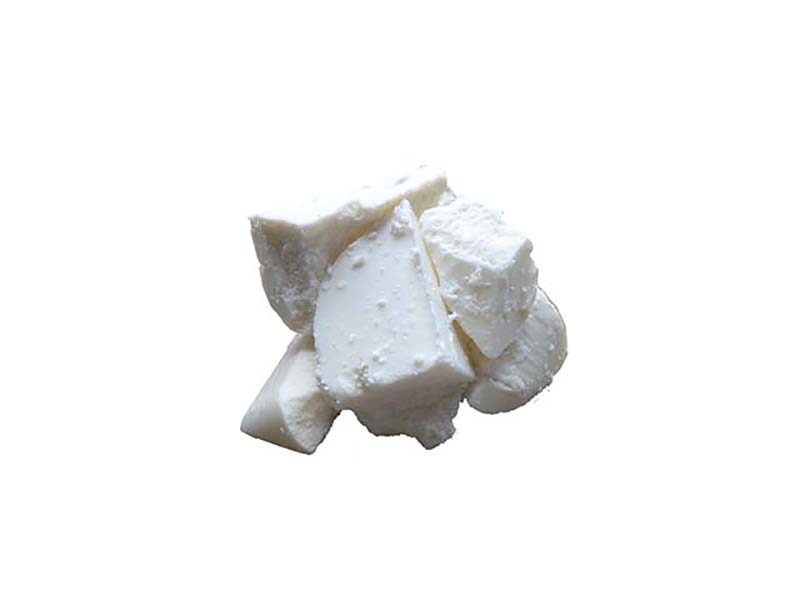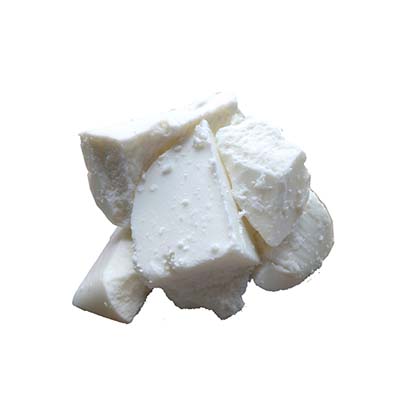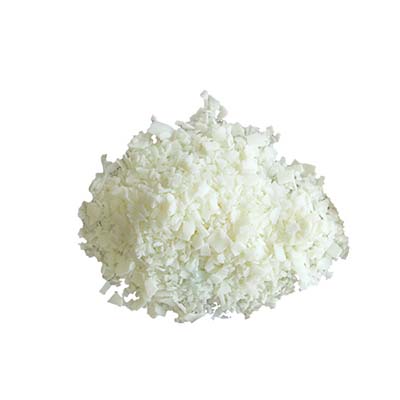


| Test Item | Standard | Result | Test Item | Standard | Result |
| acid value, (mg KOH/g) | ≤0.9 | 0.78 | Lovibond Color | ≤3.0R | 0.6 |
| Peroxide Value, mmol/kg | ≤3.9 | 2.9 | Melting Point, ℃ | 42-60 | 50℃ |
| Moisture and Volatile Matter Content,% | ≤0.05 | 0.02 | Composition, % | 100% hydrogenate d vegetable oil without any chemicals | Qualified |
| Expiration Date | Two Years | ||||
| Conclusion | Qualified | ||||



AODING Group One- Stop Service for Candle-making.